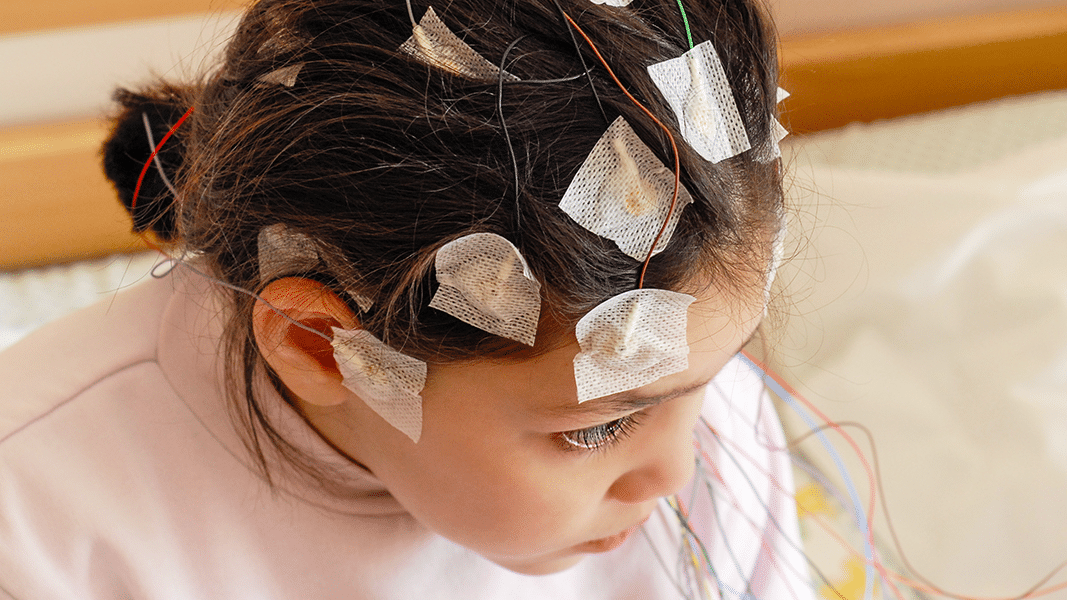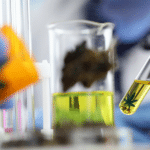Cannabidiol (CBD) is an astonishingly safe drug. Currently, the biggest safety concern is that at high doses it can alter the metabolism of other pharmaceuticals. That means CBD might amplify the toxicity of other drugs. This has come to a fore with epilepsy treatment, since overdosing anti-epileptic drugs (AEDs) is very dangerous.
GW pharmaceuticals, the sole producer of pharmaceutical CBD available in the United States, recently published another study of how high doses of pure CBD (1500 mg/day) and AEDs might interact in adults. CBD tripled the exposure to the active metabolite of clobazam. It slightly increased (by ~25%) the exposure to an AED called stiripentol. And it did not appear to affect valproate levels.
GW’s scientists also examined the converse: how do these three AEDs affect the body’s metabolism of CBD? Clobazam increased the levels of CBD and its metabolites by 30-50%. (CBD’s metabolites may confer anti-epileptic activity in and of themselves.) Stiripentol appeared to decrease the patients’ exposure to CBD by 20-30%, indicating stiripentol primed the body to metabolize CBD faster. And valproate didn’t seem to interact with CBD, at least not metabolically. These results are similar to previous research. It reaffirms that even very large doses of CBD can be used safely with anti-epileptic drugs.
The study also provides support for using CBD as a first-line treatment, rather than a last resort: adding new medications to a CBD regimen had a minor or negligible effect on the breakdown of CBD. These data indicate that new drugs can be safely added to a CBD regimen. As with earlier research, CBD seems to most significantly affect clobazam, although the two drugs can be combined safely and effectively. There are still concerns regarding the interaction between CBD and valproate, which can potentially cause liver dysfunction — that wasn’t seen in this cohort, but liver enzymes should be closely monitored in any patients taking valproate and CBD together.
Finally, it’s important to recognize that metabolism is not the only indicator of how drugs interact. This study looked at the rate of adverse events (side effects) in each treatment group. Since each group only consisted of 10-15 people, the results should be taken as concerns for future research to address, not definitive conclusions. About 10% of participants experienced rashes, which were severe enough for 6% of the patients to withdrawal from the study.
Adrian Devitt-Lee is a research scientist and longtime Project CBD contributor. © Copyright, Project CBD. May not be reprinted without permission.







